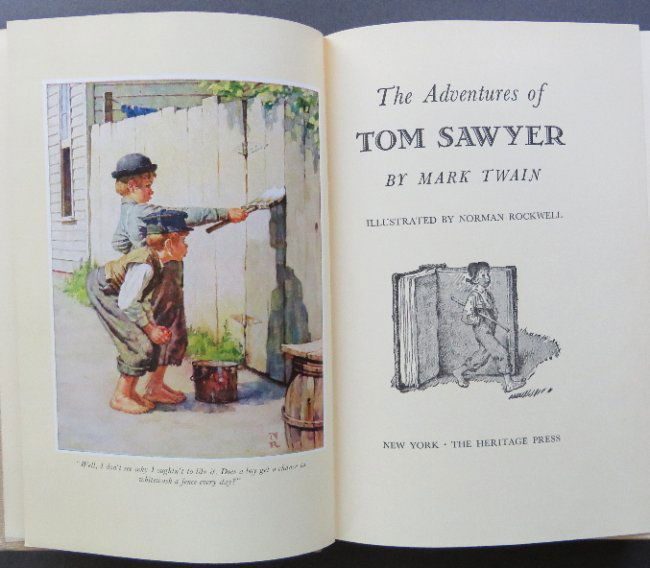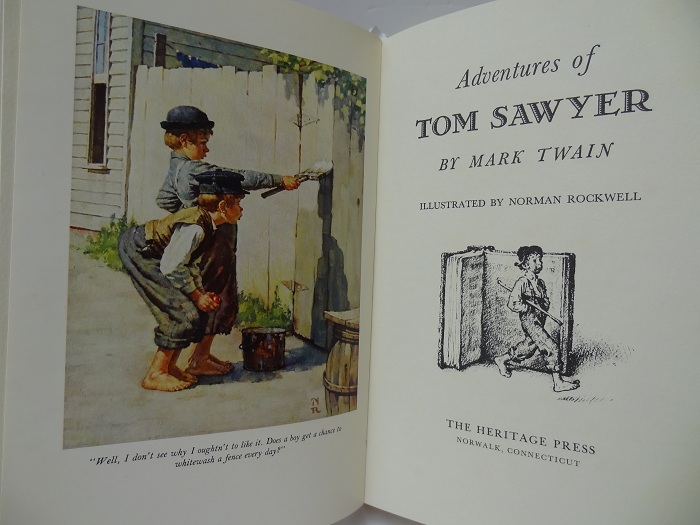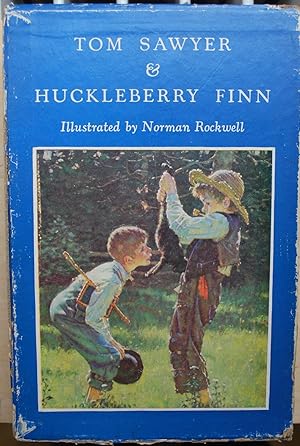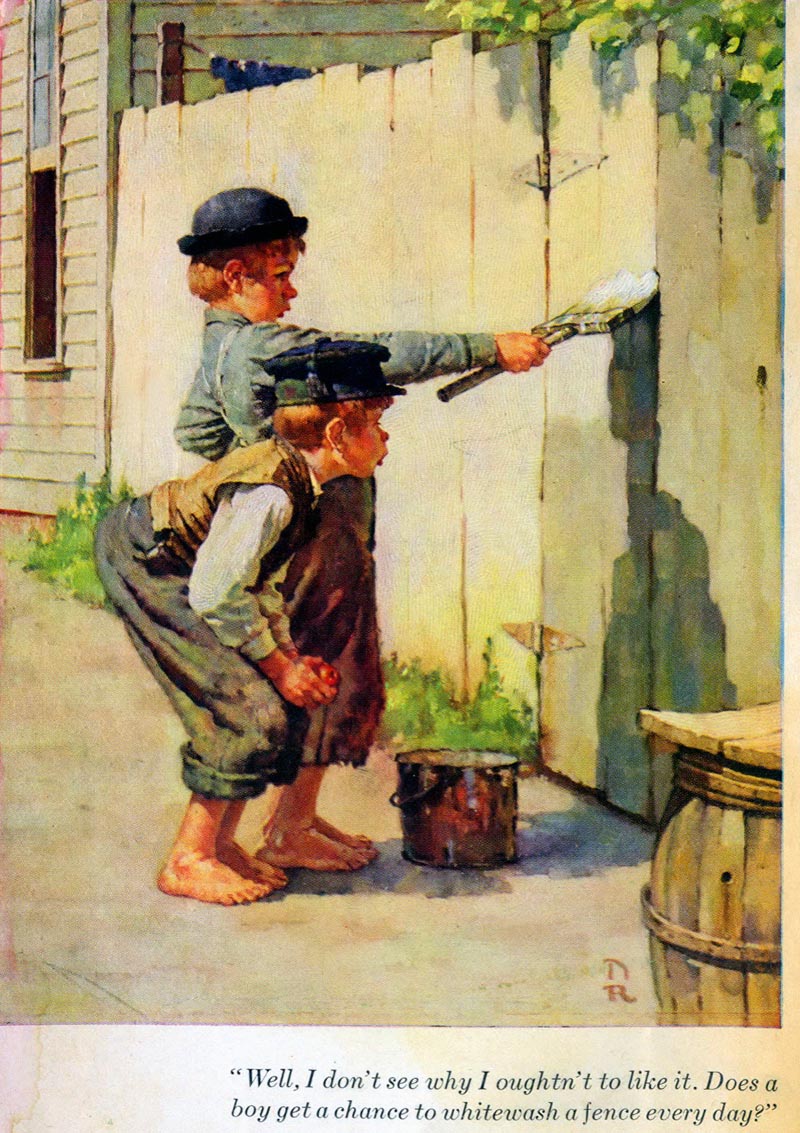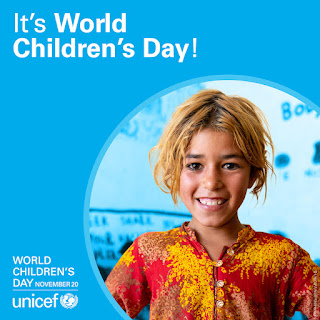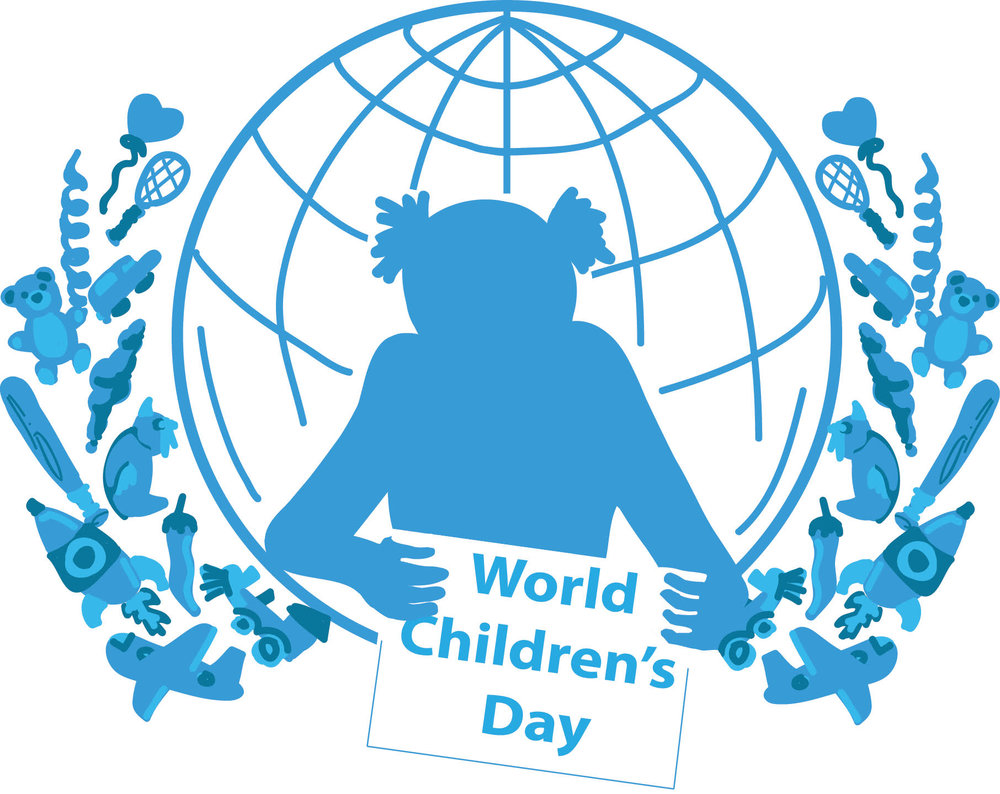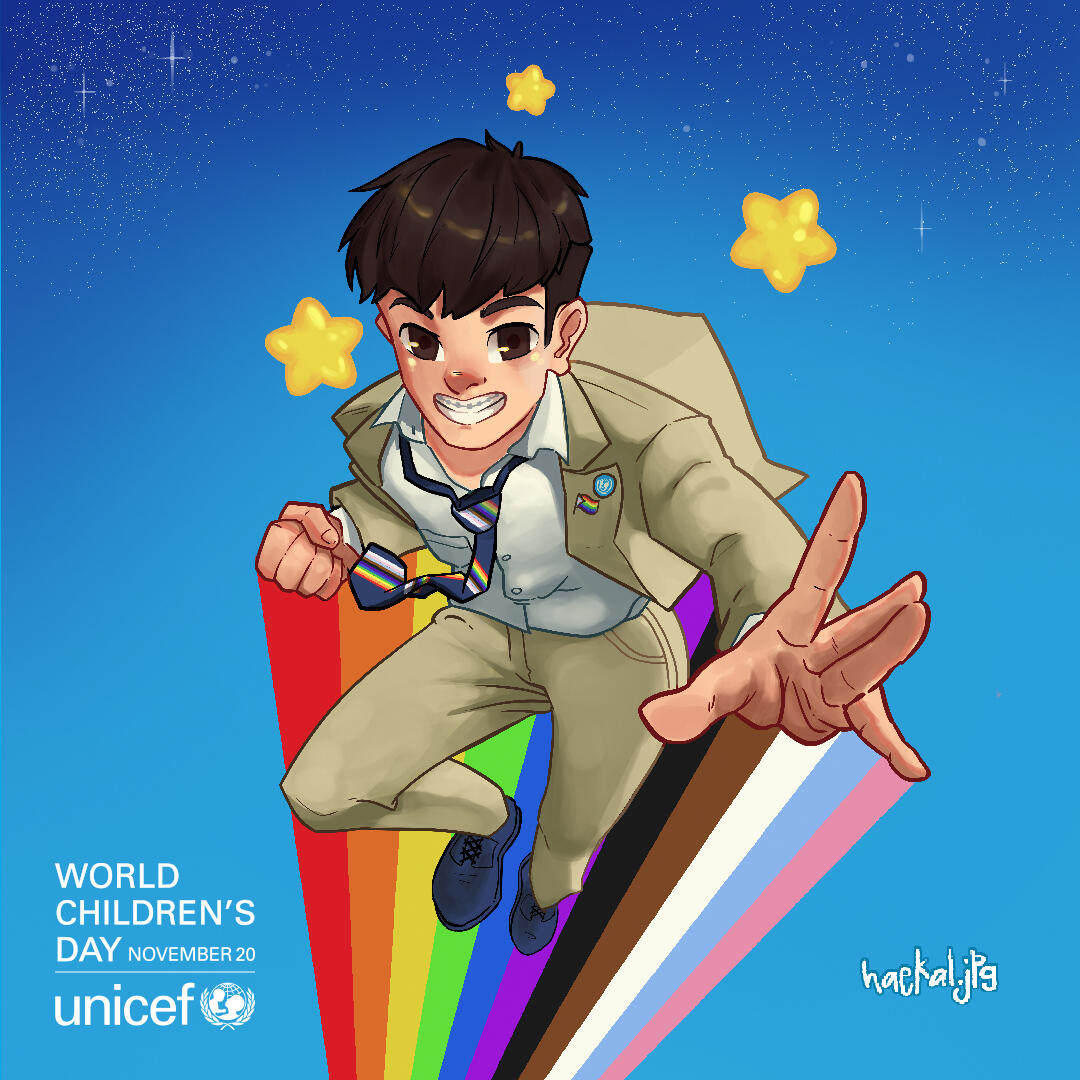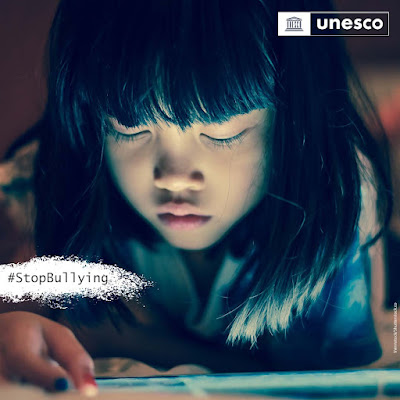Mark Twain [1835-1910]
Samuel Langhorne Clemens born on 30 November 1835, known by his pen name Mark Twain, was an American writer, humorist, entrepreneur, publisher, and lecturer.
He was lauded as the "greatest humorist the United States has produced, and William Faulkner called him "the father of American literature".
Tom Sawyer
Mark Twain, 1936, 1st edition
Illustration: Norman Rockwell, 1936
Abbeville Press
His novels include The Adventures of Tom Sawyer (1876) and its sequel, Adventures of Huckleberry Finn (1884), the latter of which has often been called the "Great American Novel".
Twain transcended the apparent limitations of his origins to become a popular public figure and one of America’s best and most beloved writers.
He died on April 21, 1910.
- Google Doodle:
"Against the assault of laughter nothing can stand."
Mark Twain
Since Google never likes to take itself too seriously, I wanted to pick a scene from Twain's work that is both recognizable and funny. The fence-painting sequence from The Adventures of Tom Sawyer seemed a perfect fit. Not only does it incorporate a little bit of mischievous humor (painting fences is certainly thrilling!) it also plays cleverly with the white space of the homepage. Alluding to a comic-book format, I drew Tom and Ben working on the fence and, therefore, spreading our famous white space across the doodle."
Jennifer Hom, doodler
Mark Twain
photo portrait, 1871
American gifted raconteur, who acquired international fame for his travel narratives, especially The Innocents Abroad, a humorous travel narrative, published in 1869 and based on Twain’s letters to newspapers about his 1867 steamship voyage to Europe, Egypt, and the Holy Land.
The Innocents Abroad, or the New Pilgrims' Progress
Mark Twain, 1869
via Whitmore Rare Books
https://www.whitmorerarebooks.com/
Roughing It semiautobiographical novel, published in 1872. This humorous travel book, based on Twain’s stagecoach journey through the American West and his adventures in the Pacific islands, is full of colourful caricatures of outlandish locals and detailed sketches of frontier life.
Roughing it
Mark Twain, 1872
And Life on the Mississippi, memoir of the steamboat era on the Mississippi River before the American Civil War, published in 1883.
But his adventure stories of boyhood, especially The Adventures of Tom Sawyer (1876) and Adventures of Huckleberry Finn (1885) are well known in schools. Teachers and students can find it at the school library.
“Most of the adventures recorded in this book really occurred; one or two were experiences of my own‚ the rest those of boys who were schoolmates of mine. Huck Finn is drawn from life; Tom Sawyer also‚ but not from an individual – he is a combination of the characteristics of three boys whom I knew‚ and therefore belongs to the composite order of architecture… Part of my plan has been to try to pleasantly remind adults of what they once were themselves‚ and of how they felt and thought and talked‚ and what queer enterprises they sometimes engaged in.”
Preface
Norman Rockwell was born in 1894 (during Twain’s lifetime) and grew up in
Rockwell’s first works as a professional illustrator were not published until 1912, two years after Twain’s death. As such, they were of two different eras. So why are Rockwell and Twain twinned in many ways in the public consciousness?
"These were classics. I read through the books, making notes of which scenes would make good pictures. Of course certain scenes—for instance, Tom whitewashing his Aunt Polly’s fence—were required."
Norman Rockwell
- Education:
- Resources:
- Mark Twain House &Museum & Educational Resources
https://marktwainhouse.org/teachers-students/educational-resources/
- Online exhibition
Mark Twain: A Skeptic's Progress
https://www.themorgan.org/exhibitions/mark-twain
- e-Book online:
e-book The Innocents Abroad, or the New Pilgrims' Progress
Project Guttenberg : https://www.gutenberg.org/files/3176/3176-h/3176-h.htm
"A person who won't read has no advantage over one who can't read."
Mark Twain
G-Souto
30.11.2021
Copyright © 2021G-Souto'sBlog, gsouto-digitalteacher.blogspot.com®
Schools : Let's read Mark Twain " The Adventures of Tom Sawyer " ! Resources by G-Souto is licensed under a Creative Commons Attribution-NonCommercial-NoDerivatives 4.0 International License.

